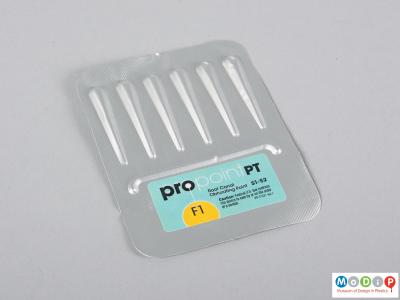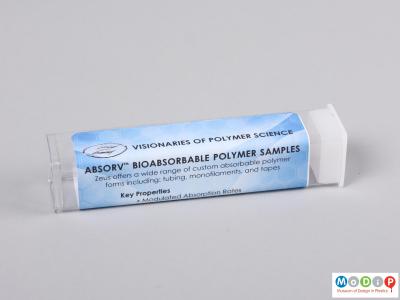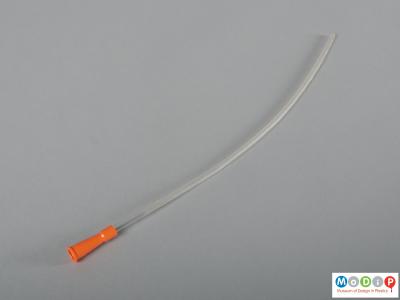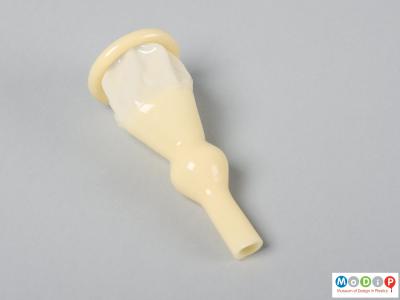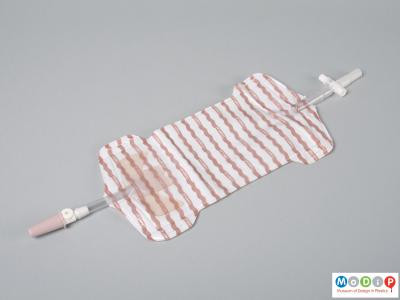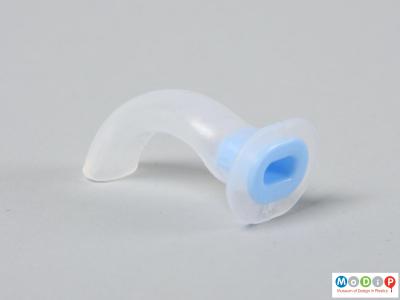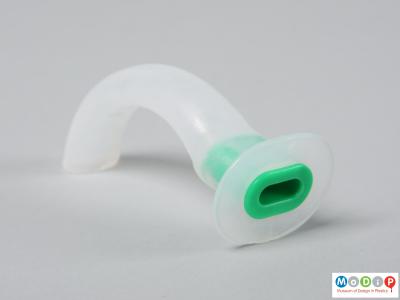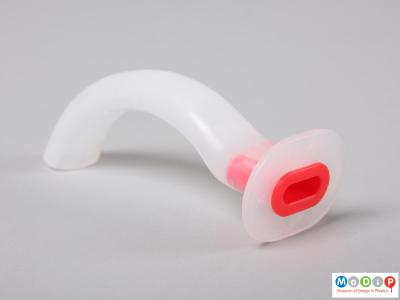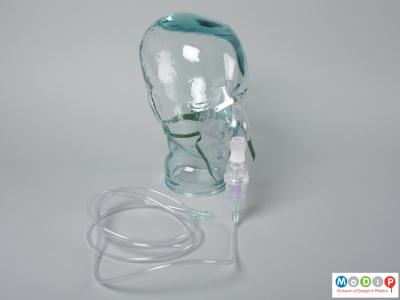When our bodies fail us, we might need medical intervention to help us get back on track. Some interventions are small, and make us feel more comfortable, whilst others are significant and keep us alive. Many medical products are made for single-use, to prevent the cross contamination of diseases, or so body waste can be disposed of without needing to be touched by health practitioners.
To alleviate pain, root canal surgery removes the nerve in the tooth, leaving a space that needs to be filled. The Propoint obturating (meaning ‘to block’) points (1) are made of nylon, a hydrophilic material that absorbs moisture in the tooth and expands to fill all the voids and spaces. The Absorv™ (2) extrusions are designed to bioabsorb and are typically used to form stents, as sutures, and to deliver drugs.
The Draina S Mini (3) post-operative stoma and urinal catheters (4) both made of polyvinyl chloride (PVC) are used to assist in the draining of fluids from the body. The stoma sticks to the skin and allows the flow of fluid from open wounds, whilst the catheters are inserted to provide the short term drainage of fluids from the bladder for either men (slightly bent end) or women (rounded end). The Simpla Freedom Sheath (5) is an external incontinence device used to connect the penis to a urine collection bag. It has a sticky internal surface to hold it in place, the urine can then drain into a leg mounted drainage bag like the Simpla (R) Trident T1 (6).
Clear airways are important for patients under general anaesthesia or those who are unconscious. Low density polyethylene (LDPE) Guedel airways (7 - 9) are used to maintain an open airway and come in different sizes. A nebulizer and mask (10) are used to provide humidification or medication for patients to inhale. The mask is clear so that the patient can been seen, and to reduce their distress of feeling enclosed and restricted, helping them to feel more comfortable. In severe circumstances a tracheostomy is necessary. This involves making an incision at the front of the neck and opening a direct airway through an incision in the trachea (wind pipe). After such a procedure, the airway needs specialist care which is provided by a closed suction system catheter like the Trach Care (11) device.

